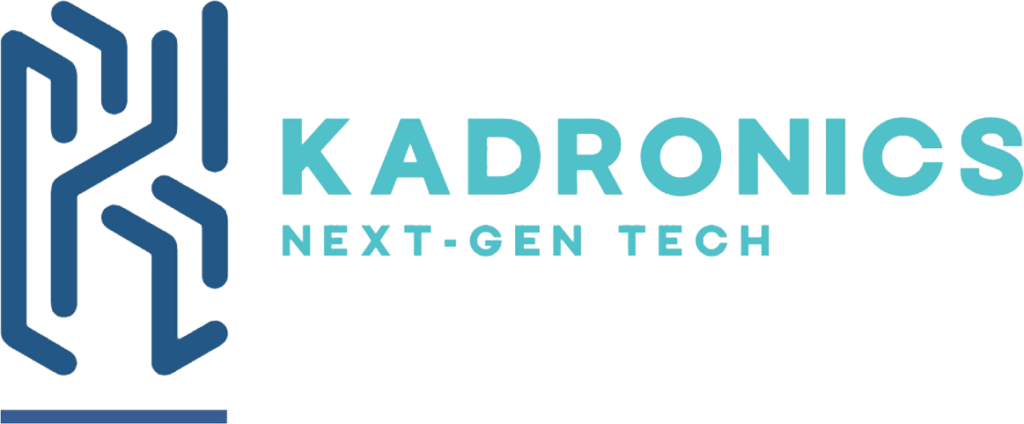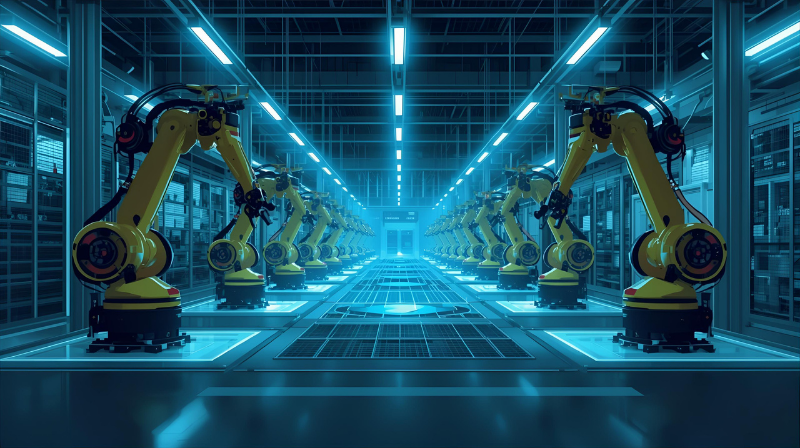The most expensive and stressful phase of any new automation project is the on-site commissioning. This is when the multi-million dollar robots, conveyors, and controllers are all installed on your factory floor, and you power them up together for the very first time. Every undiscovered bug in the PLC code, every unforeseen mechanical interference, every incorrect parameter now becomes a real-world problem that costs real money in downtime and frantic, on-the-fly debugging.
But what if you could perform this entire commissioning process weeks or even months in advance, in a risk-free virtual world? What if you could test, debug, and optimize every line of code and every mechanical movement before a single bolt is turned on your factory floor? This is the power of Virtual Commissioning, a cutting-edge solution that is the logical evolution of the Digital Twin.
Building and Testing in the Metaverse
Virtual Commissioning is the process of creating a dynamic, physics-based 3D model of an entire production line or machine. This is far more than just a pretty animation. This “digital twin” is a functional, one-to-one replica of the real system.
The magic happens when you connect this virtual model to the actual PLC and robot controller hardware that will run the real machine. The process looks like this:
- A detailed 3D model of all the mechanical products (robots, conveyors, etc.) is created.
- The real PLC is loaded with the real control software.
- A special interface connects the PLC to the computer running the 3D simulation.
- The programmer hits “Run.”
The PLC “thinks” it is controlling the real factory. It sends a command to start a motor, and a motor starts spinning in the simulation. A virtual sensor is triggered on the screen, and it sends a real electrical signal back to the PLC. The programmer can now test 100% of the control logic in this safe, virtual environment.
The Unbeatable Advantages of a Virtual Dry Run
This ability to test and debug in the digital realm before committing to the physical one is a massive strategic advantage. As industrial automation giants like Rockwell Automation have demonstrated, this approach dramatically reduces project risk and accelerates deployment.
The key benefits include:
- Massively Reduced On-Site Commissioning Time: The vast majority of software bugs and logic errors are found and fixed in the virtual model. The on-site commissioning phase shrinks from weeks of stressful debugging to a few days of final validation, getting your line into production much faster.
- Improved Software Quality: Programmers can safely test every possible failure scenario—jammed parts, faulty sensors, emergency stops—without any risk to expensive equipment. This leads to far more robust and reliable control software.
- Optimized Mechanical Design: The simulation can reveal mechanical problems, like a robot arm that could potentially collide with a fixture, long before any metal is cut. This allows for design corrections at the cheapest possible stage.
- A Powerful Training Tool: Operators can be trained on how to use the new production line in the virtual world long before it’s physically installed. They can learn the controls, practice clearing faults, and become proficient in a safe, simulated environment.
Virtual Commissioning is one of the most advanced services in the system integrator’s toolkit. It is the ultimate pre-launch checklist, a comprehensive, risk-free dry run that provides the ultimate confidence that when you finally do press the real start button, your new system will work exactly as intended from day one.




